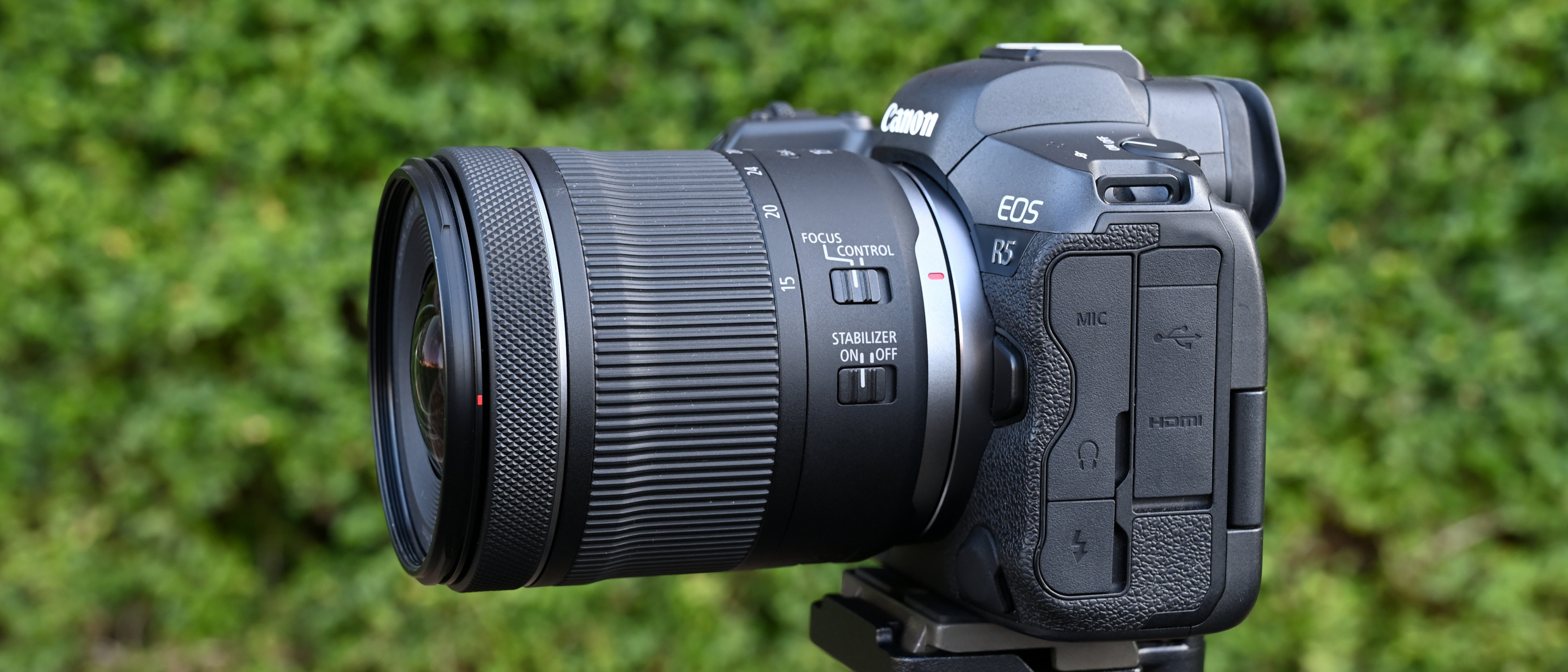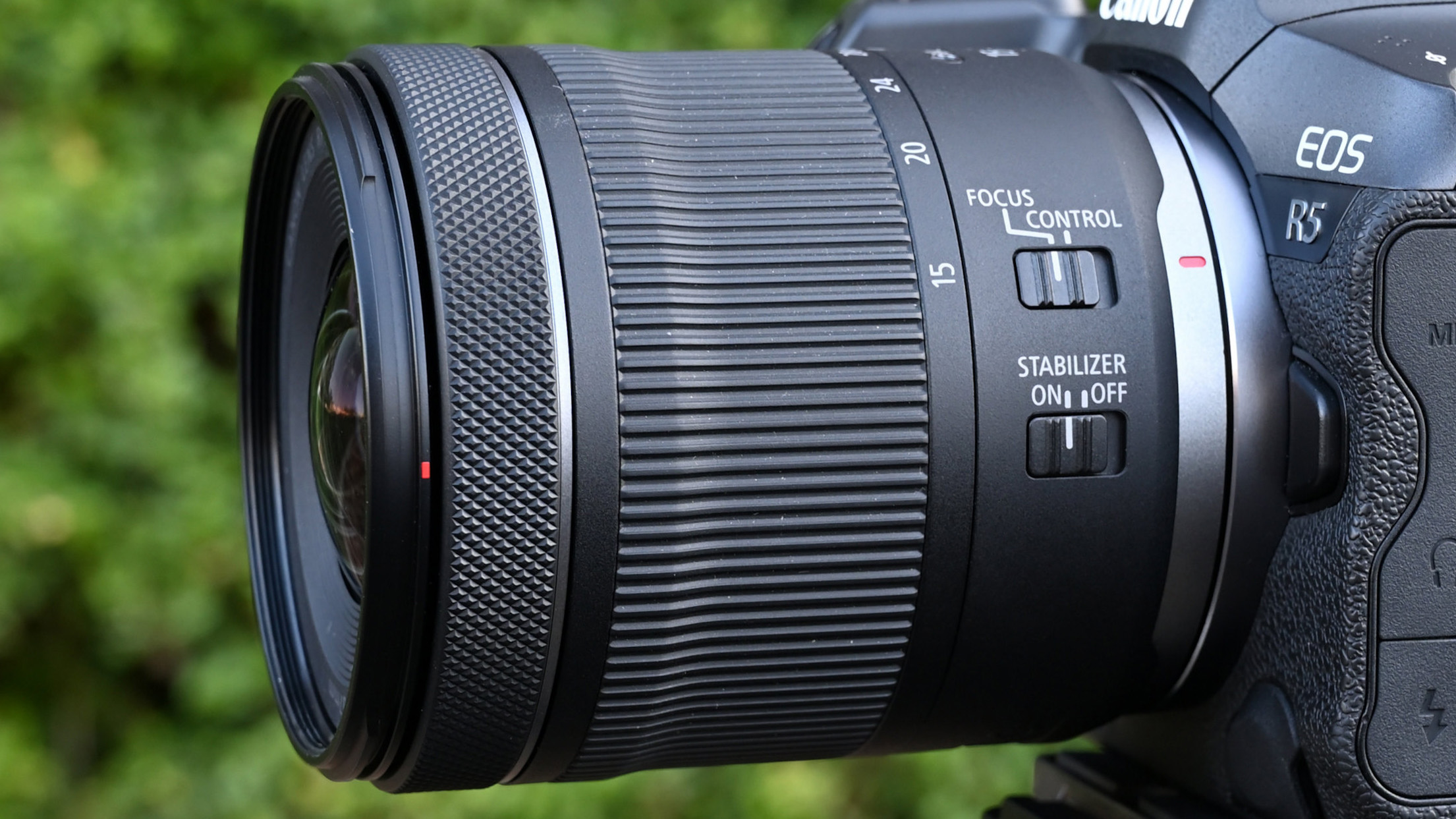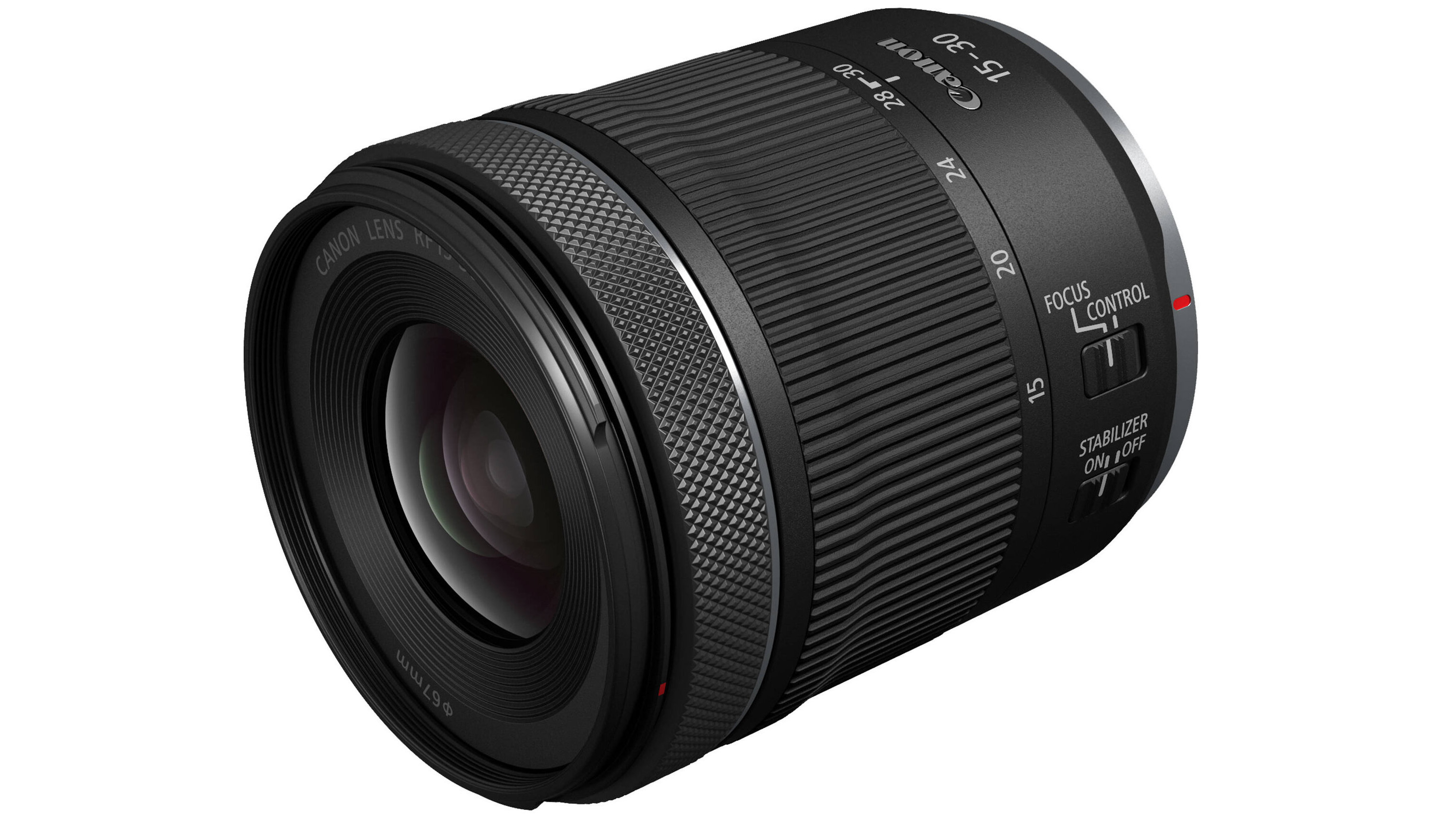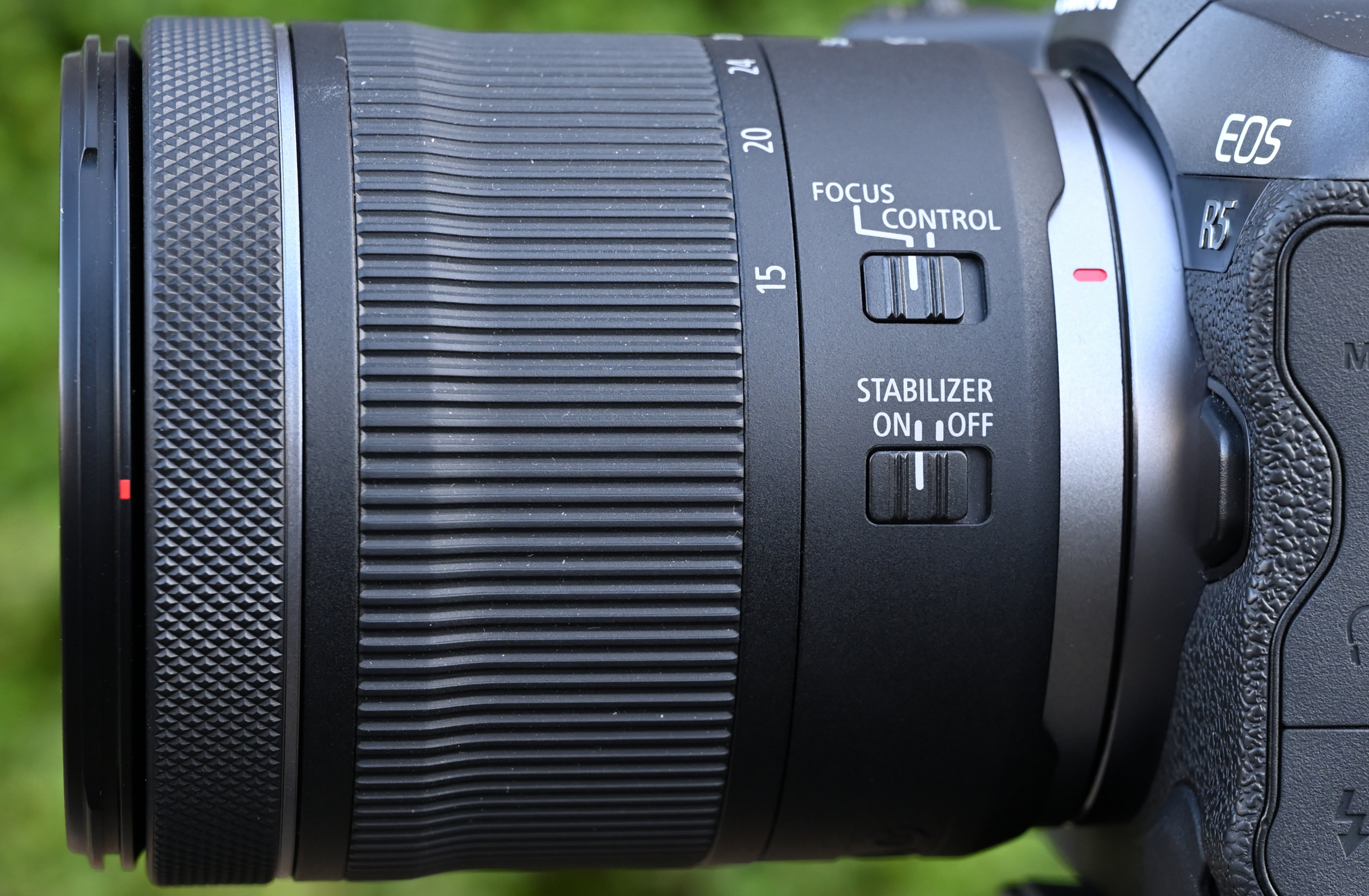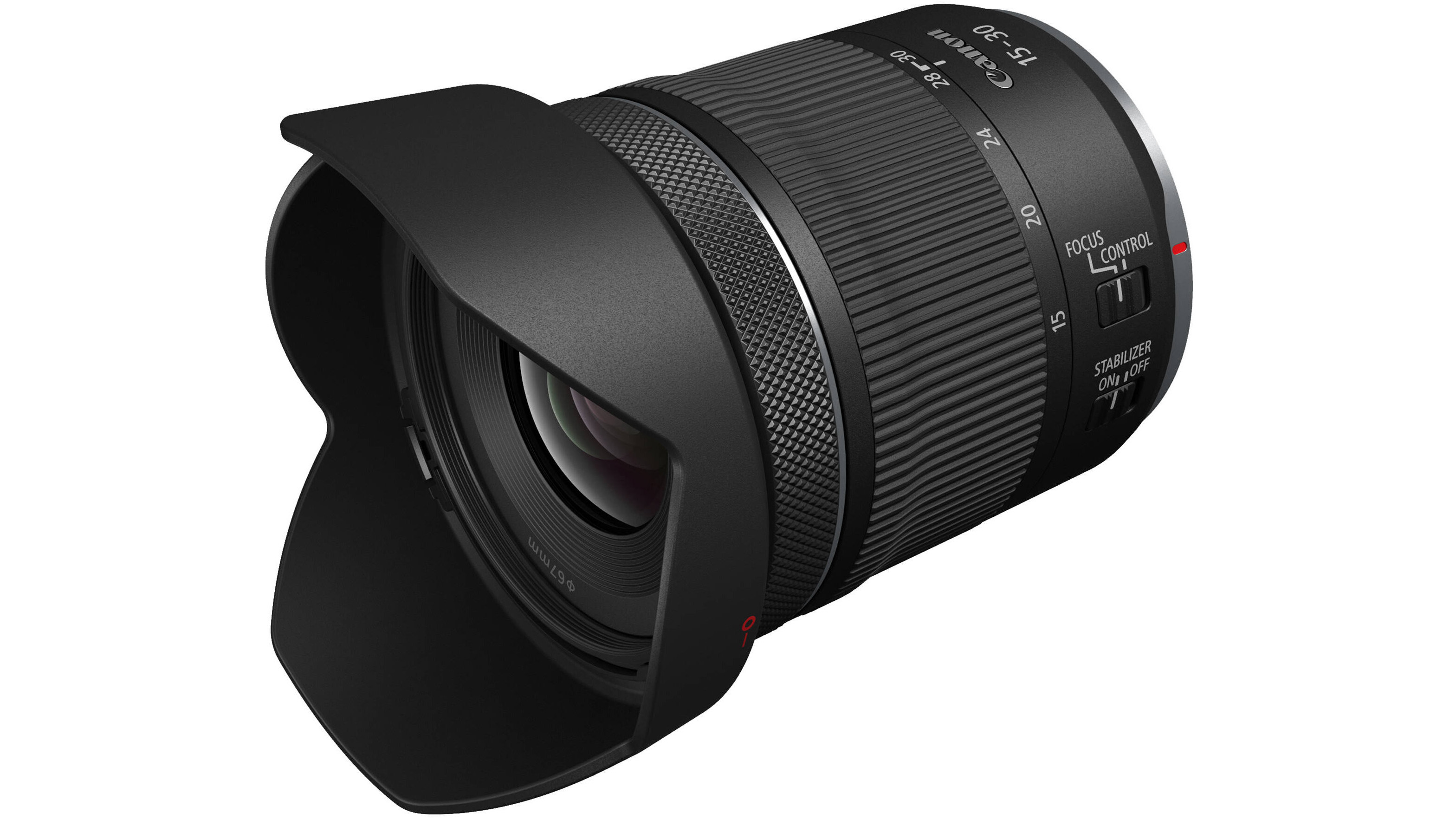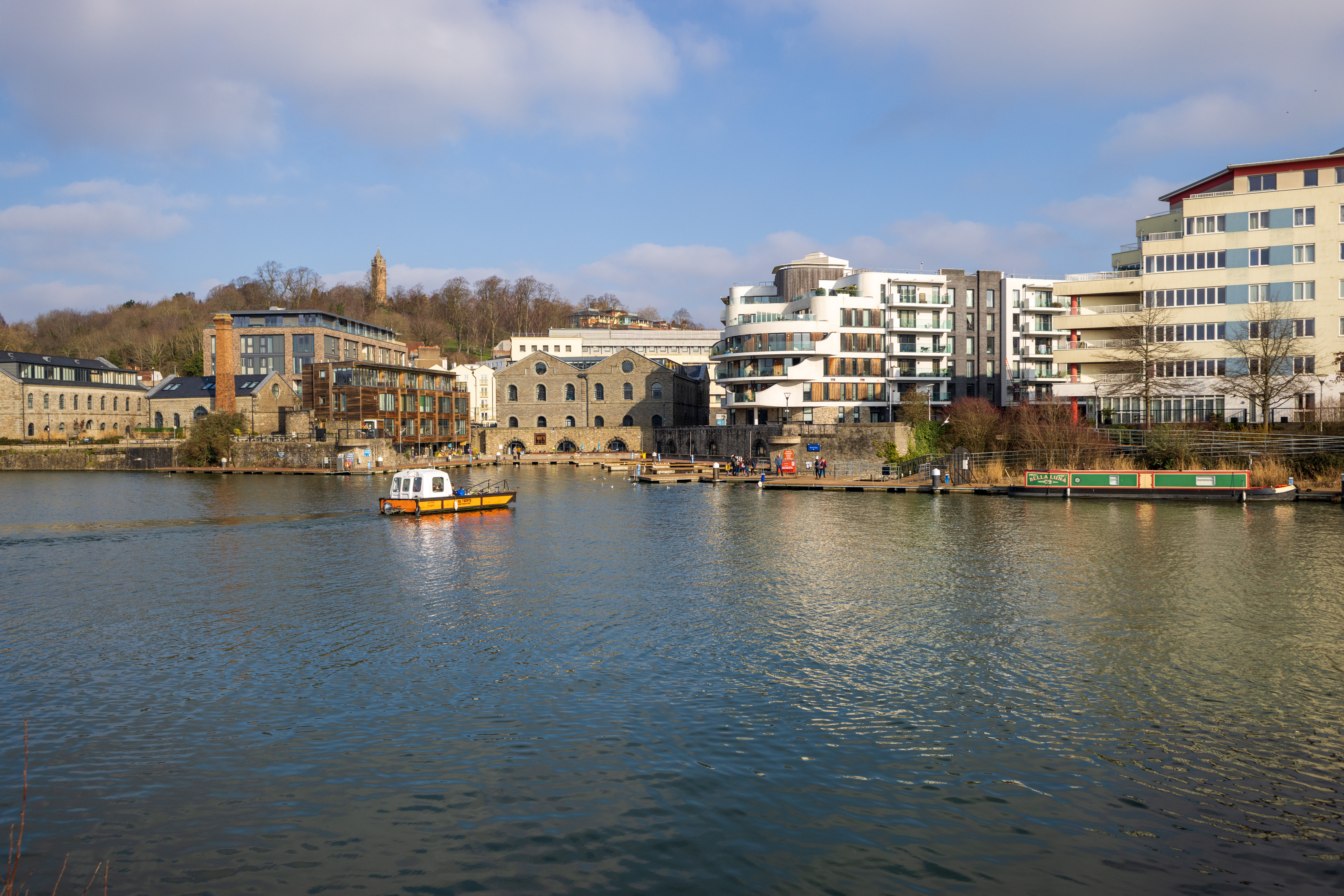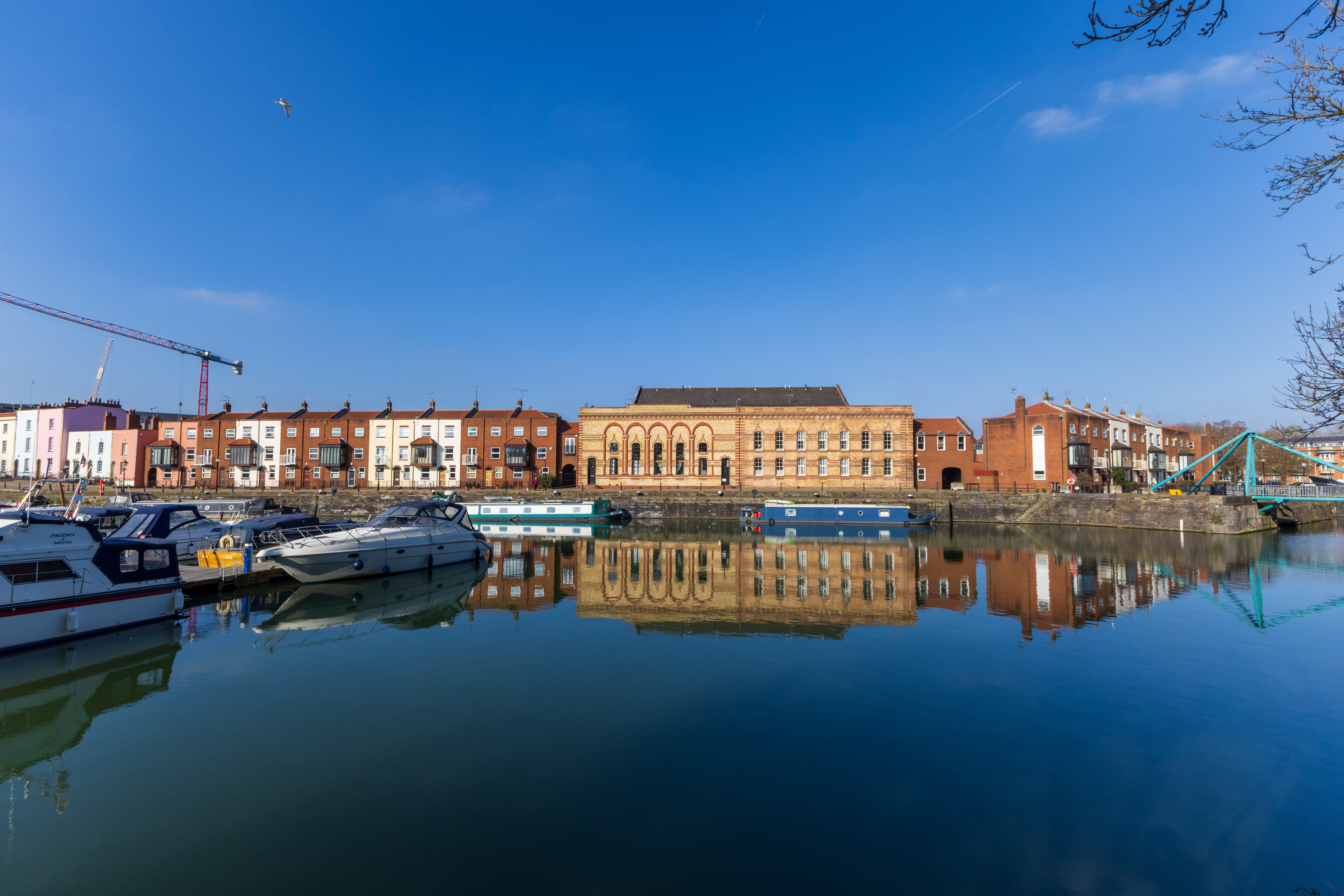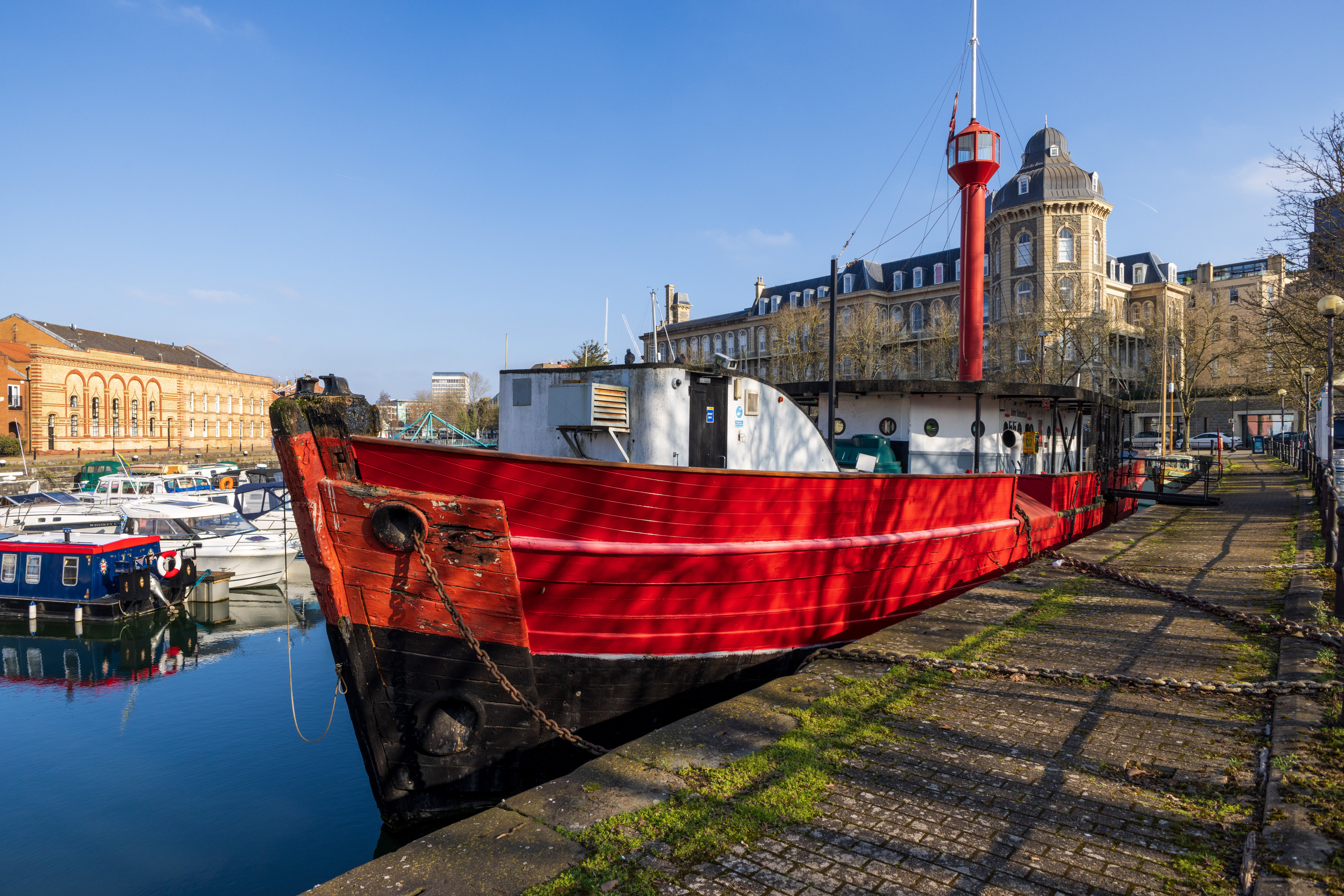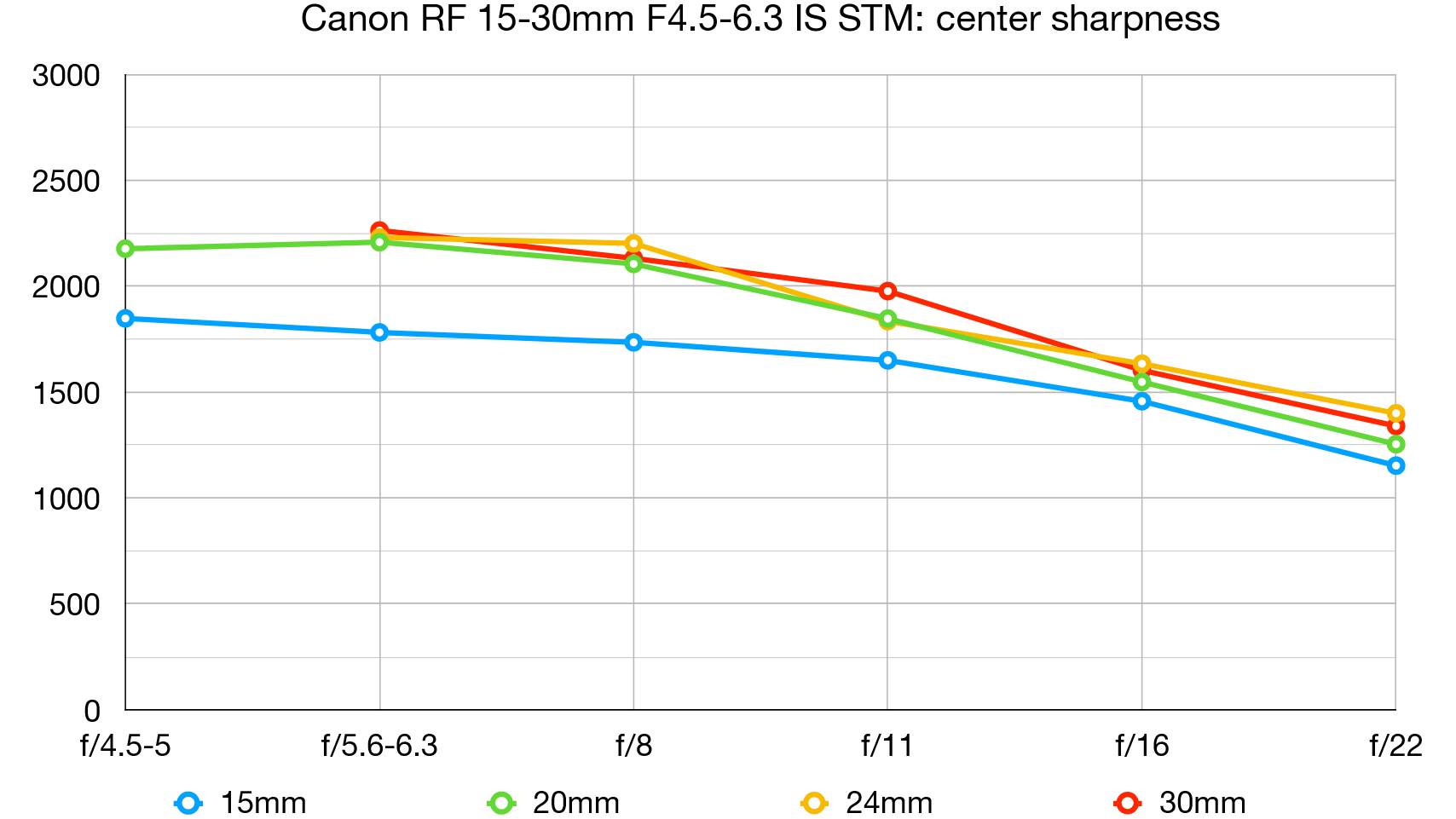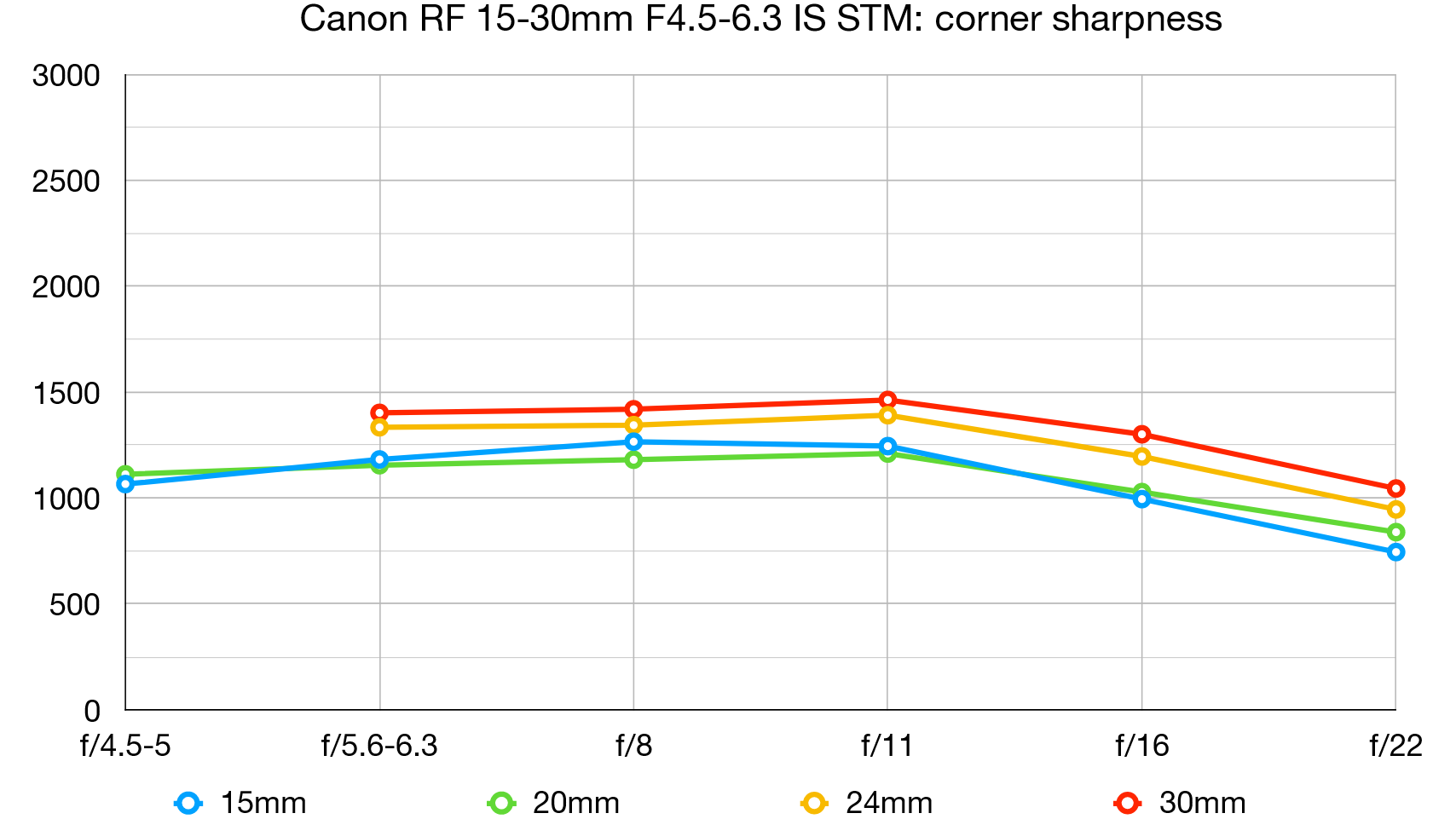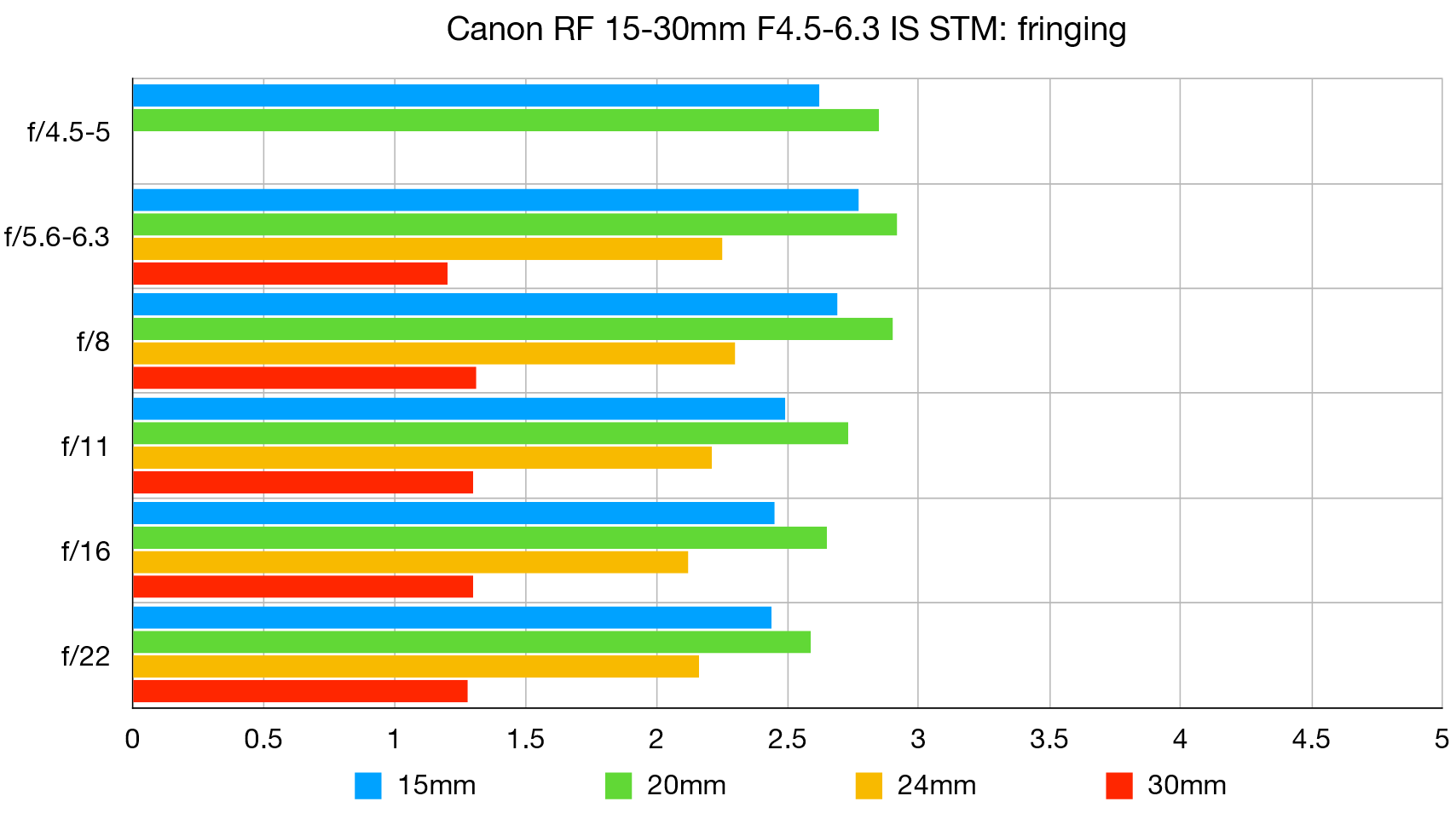Digital Camera World Verdict
Conveniently compact and lightweight for a full-frame compatible ultra-wide-angle zoom, this lens is also much more affordable than Canon’s previously launched 14-35mm and 15-35mm L-series RF-mount options. At just over 3.5 inches in length, the lens nevertheless packs a 5.5-stop optical image stabilizer and some up-market glass. Good build quality, handling and performance make it well worth the money, although it lacks weather-seals and the hood is sold separately.
Pros
- +
Compact for an ultra-wide-angle zoom
- +
Customizable focus/control ring
- +
5.5-stop optical image stabilizer
Cons
- -
No weather seals
- -
Lens hood costs extra
- -
Slow f/4.5-6.3 aperture rating
Why you can trust Digital Camera World
The Canon RF 15-30mm F4.5-6.3 IS STM is an ultra-wide-angle zoom for ‘the rest of us’. The company already offers a brace of RF 14-35mm F4L IS USM and RF 15-35mm F2.8L USM but, as L-series lenses aimed at enthusiast and professional photographers with deep pockets, they’re much more expensive to buy. As the latest in the trio, the RF 15-30mm is much more affordable yet still delivers a mighty maximum viewing angle with a decent overall 2x zoom range, albeit with a relatively slow and variable aperture rating of f/4.5-6.3.
The RF 14-35mm L-series lens is quite compact and lightweight for an ultra-wide zoom but the RF 15-30mm is particularly small for its type and a featherweight at just 390g. Designed with full-frame R-system cameras in mind, it’s also a good fit for APS-C format bodies including the EOS R7, R10 and R50, on which it has a still useful ‘effective’ zoom range of 24-48mm.
Specifications
Mount: Canon RF
Full frame: Yes
Image stablization: Yes
Autofocus: Yes
Lens construction: 13 elements in 11 groups
Angle of view: 110.5 to 71.5 degrees
Diaphragm blades: 7
Minimum aperture: f/22-32
Minimum focusing distance: 0.28m (0.128m, MF at 15mm)
Maximum magnification ratio: 0.16x (0.52x, MF at 15mm)
Filter size: 67mm
Dimensions: 77x88mm
Weight: 390g
Key features
When you want to go wide and see the bigger picture in landscape photography, this lens obliges with a maximum viewing angle of 110.5 degrees when mounted on a full-frame EOS R-system body. Not just for expansive landscapes, the zoom range is also well suited to cityscapes, architectural interiors, vlogging and selfies, although the relatively slow aperture takes astrophotography off the hit list.
Another key feature of any ultra-wide-angle lens is that you can get in close to a subject and exaggerate perspective, making the middle-distance and background appear to dramatically shrink away. This lens actually lets you get closer than most. In autofocus mode, the minimum focus distance at the short end of the zoom range is a pretty typical 0.28m but if you switch to manual focusing, it shrinks to just 0.128m, giving a generous macro magnification of 0.52x.
The 5.5-stop optical image stabilizer is a big bonus when shooting indoors or at twilight, especially given the modest aperture rating. It’s particularly useful when using the lens with EOS R-system cameras that don’t feature IBIS (In-Body Image Stabilization) and, on those that do, combined stabilization is boosted to 7-stop effectiveness.
Although small in size, the lens packs some up-market glass. There are 13 elements in total, including one PMo (Precision Molded) element and two UD (Ultra-low Dispersion) elements, intending to boost clarity while minimizing aberrations. Canon’s trusty and time-honored Super Spectra coating is applied to reduce ghosting and flare.
Build and handling
Measuring 77x88mm, and weighing in at 390g, the RF 15-30mm is very manageable for an ultra-wide-angle zoom, making it ideal for travel photography and trekking into landscape territory. Even so, it’s considerably larger and heavier than the pocket-sized Canon RF 16mm F2.8 STM prime lens, which comes in at 69x40mm and 165g, and is just over an f/stop faster at the competing 16mm focal length, but the RF 15-30mm naturally adds zooming versatility.
Like most budget-friendly Canon RF lenses, there’s no additional control ring but, as usual, you can apply custom functions to the manual focus ring when in autofocus mode, via a Focus/Control switch on the side of the lens barrel. This gives easy access to your choice of adjusting the likes of aperture, exposure compensation and ISO.
Build quality feels very good, typical of Canon RF lenses, based on high-quality plastics and a metal mounting plate. The modest aperture rating helps to keep the size down and the front filter thread is quite small for an ultra-wide-angle lens, at 67mm. As usual with non L-series Canon lenses, however, there are no weather-seals and the hood is sold separately. In this case, Canon’s genuine EW-73E hood retails for around £40/$40.
The best camera deals, reviews, product advice, and unmissable photography news, direct to your inbox!
Performance
Driven by a linear stepping motor, autofocus is speedy for stills and enables smooth transitions when shooting movies, as well as being near-silent in operation. The optical image stabilizer lived up to its 5.5-stop billing in our tests, as well as delivering the advertised 7-stop effectiveness in tandem with IBIS.
Levels of sharpness across most of the image frame are very good throughout the zoom range, even at the widest available apertures. Decent edge/corner performance is maintained at the more challenging short end of the zoom range, and the lens actually beats the Canon RF 16mm prime in this respect.
Color fringing in terms of lateral chromatic aberration can be noticeable towards the edges and corners of the image frame but in-camera correction is available. Ghosting and flare are fairly well controlled but, to keep them in check, it’s well worth investing in the ‘optional’ hood.
Like many recent lenses designed for mirrorless cameras, especially wide-angle optics, the RF 15-30mm produces a huge amount of barrel distortion at its shortest focal length. As such, it relies heavily on automatic in-camera correction for distortion, which can’t be turned off via menu settings. There’s also very heavy vignetting (darkened image corners) when shooting at or near the shortest focal length with the widest available aperture. Again, in-camera correction is available to boost performance in practical terms.
Sample images
Lab results
We run a range of lab tests under controlled conditions, using the Imatest Master testing suite. Photos of test charts are taken across the range of apertures and zooms (where available), then analyzed for sharpness, distortion and chromatic aberrations.
We use Imatest SFR (spatial frequency response) charts and analysis software to plot lens resolution at the center of the image frame, corners and mid-point distances, across the range of aperture settings and, with zoom lenses, at four different focal lengths. The tests also measure distortion and color fringing (chromatic aberration).
Sharpness:
Based on our close-range lab shots of test charts, the RF 15-30mm proved pretty much as sharp as the much pricier RF 14-35m and RF 15-35mm L-series lenses. As usual with wide-angle lenses, lab scores for sharpness at very short focal lengths aren’t flattering towards the edges and corners of the frame.
Fringing:
Lateral chromatic aberration can be noticeable as color fringing towards the edges and corners of the frame, mostly in the 15-24mm sector of the zoom range, but they can be taken care of with automatic in-camera correction or by applying a fix when processing RAW files.
Distortion:
Auto correction for distortion can’t be disabled in-camera but disabling it in RAW processing reveals very heavy barrel distortion at the short end of the zoom range, of a similar order to that of the RF 14-35mm L-series lens and the RF 16mm prime. The top-flight RF 15-35mm L-series lens relies less heavily on auto correction.
Verdict
Conveniently compact and lightweight for a full-frame compatible ultra-wide-angle zoom, this lens is also much more affordable than Canon’s previously launched 14-35mm and 15-35mm L-series RF-mount options. At just over 3.5 inches in length, the lens nevertheless packs a 5.5-stop optical image stabilizer and some up-market glass. Good build quality, handling and performance make it well worth the money, although it lacks weather-seals and the hood is sold separately.
Read more:
• Best Canon RF lenses
• The best lenses for Canon EOS R10
• Best lenses for the Canon R5
• Best camera lenses
• Best Canon lenses
• Best Nikon lenses
• Best Sony lenses
Matthew Richards is a photographer and journalist who has spent years using and reviewing all manner of photo gear. He is Digital Camera World's principal lens reviewer – and has tested more primes and zooms than most people have had hot dinners!
His expertise with equipment doesn’t end there, though. He is also an encyclopedia when it comes to all manner of cameras, camera holsters and bags, flashguns, tripods and heads, printers, papers and inks, and just about anything imaging-related.
In an earlier life he was a broadcast engineer at the BBC, as well as a former editor of PC Guide.
